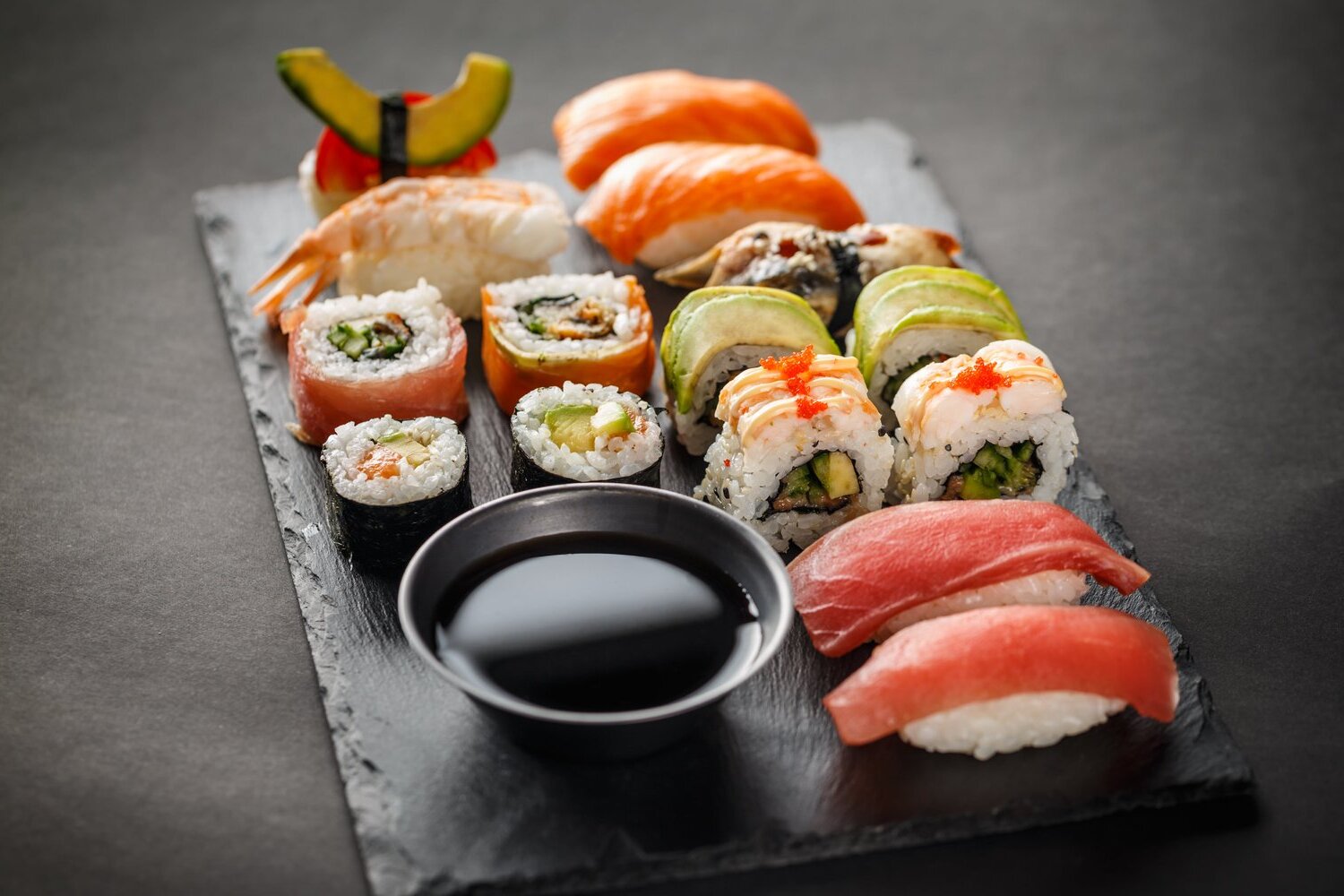
Japanese cuisine is a delightful blend of tradition, flavor, and artistry. Ever wondered what makes it so unique? From sushi to ramen, each dish tells a story. Did you know that sushi wasn't always about raw fish? Originally, it was a method to preserve fish in fermented rice. Another fun fact: Japan has over 200 types of noodles! Whether it's soba, udon, or ramen, each has its own distinct taste and texture. Moreover, Japanese meals often include pickled vegetables, which add a tangy twist. Intrigued yet? Let's dive into 22 fascinating facts about Japanese cuisine that will leave your taste buds tingling and your mind buzzing with curiosity.
The Rich History of Japanese Cuisine
Japanese cuisine is a blend of tradition, culture, and innovation. Each dish tells a story, reflecting the country's history and values.
- Sushi originated as a method of preserving fish in fermented rice. Over time, it evolved into the delicacy we know today.
- Ramen, a staple in Japan, was actually inspired by Chinese noodle soup. It became popular in Japan in the early 20th century.
- Tempura, a popular Japanese dish, was introduced by Portuguese missionaries in the 16th century. They brought the technique of deep-frying food to Japan.
- Kaiseki, a traditional multi-course meal, has its roots in the Japanese tea ceremony. It emphasizes seasonal ingredients and meticulous presentation.
Unique Ingredients in Japanese Cuisine
Japanese dishes often feature ingredients that might be unfamiliar to many. These ingredients contribute to the distinct flavors and textures of Japanese food.
- Miso, a fermented soybean paste, is a cornerstone of Japanese cooking. It is used in soups, marinades, and sauces.
- Nori, a type of seaweed, is commonly used to wrap sushi rolls. It adds a unique umami flavor.
- Wasabi, known for its pungent heat, is often served with sushi. True wasabi is made from the grated stem of the wasabi plant.
- Katsuobushi, or dried bonito flakes, are used to make dashi, a fundamental broth in Japanese cuisine. They add a smoky, savory flavor.
Traditional Japanese Dishes
Japanese cuisine offers a variety of traditional dishes, each with its own unique preparation and flavor profile.
- Sashimi consists of thinly sliced raw fish or seafood. It is often served with soy sauce and wasabi.
- Okonomiyaki is a savory pancake made with flour, eggs, cabbage, and various toppings. It is sometimes referred to as Japanese pizza.
- Takoyaki are ball-shaped snacks filled with diced octopus, tempura scraps, and green onions. They are cooked in a special molded pan.
- Tonkatsu is a breaded and deep-fried pork cutlet. It is typically served with shredded cabbage and a tangy sauce.
Japanese Dining Etiquette
Dining in Japan comes with its own set of customs and etiquette. Understanding these can enhance the dining experience.
- It is customary to say "itadakimasu" before eating. This phrase expresses gratitude for the meal.
- Slurping noodles is considered polite in Japan. It shows appreciation for the food and enhances the flavor.
- Chopsticks should never be stuck upright in a bowl of rice. This resembles a funeral ritual and is considered bad luck.
- Sharing food from chopsticks to chopsticks is also taboo. It mimics a ritual performed at funerals.
Modern Japanese Cuisine
While traditional dishes remain popular, modern Japanese cuisine has also embraced new trends and innovations.
- Japanese curry, introduced by the British, has become a beloved comfort food. It is usually served with rice and pickles.
- Fusion cuisine, blending Japanese and Western elements, has gained popularity. Examples include sushi burritos and matcha-flavored desserts.
- Convenience stores in Japan offer a wide range of high-quality ready-to-eat meals. These include bento boxes, onigiri, and sandwiches.
- Plant-based Japanese cuisine is on the rise. Chefs are creating vegan versions of traditional dishes using ingredients like tofu and mushrooms.
Seasonal and Regional Specialties
Japan's diverse geography and changing seasons influence its cuisine. Each region has its own specialties and seasonal dishes.
- Hokkaido is famous for its seafood, particularly crab and sea urchin. The cold waters around the island produce high-quality seafood.
- Kyoto, known for its refined cuisine, offers dishes like yudofu (tofu hot pot) and kaiseki. The city's culinary traditions are deeply rooted in its history as the former capital of Japan.
Savoring the Essence of Japanese Cuisine
Japanese cuisine offers a rich tapestry of flavors, traditions, and unique dishes that have captivated food lovers worldwide. From the delicate artistry of sushi to the comforting warmth of ramen, each dish tells a story of Japan's culture and history. The meticulous preparation and presentation reflect a deep respect for ingredients and culinary techniques. Whether you're enjoying a simple bowl of miso soup or indulging in the luxurious taste of wagyu beef, Japanese food provides an unforgettable experience. Exploring these 22 facts gives a glimpse into the heart of Japan's culinary world, showcasing its diversity and depth. Next time you sit down for a Japanese meal, you'll appreciate the intricate details and cultural significance behind every bite. Enjoy the journey of flavors and traditions that make Japanese cuisine truly special.
Was this page helpful?
Our commitment to delivering trustworthy and engaging content is at the heart of what we do. Each fact on our site is contributed by real users like you, bringing a wealth of diverse insights and information. To ensure the highest standards of accuracy and reliability, our dedicated editors meticulously review each submission. This process guarantees that the facts we share are not only fascinating but also credible. Trust in our commitment to quality and authenticity as you explore and learn with us.


